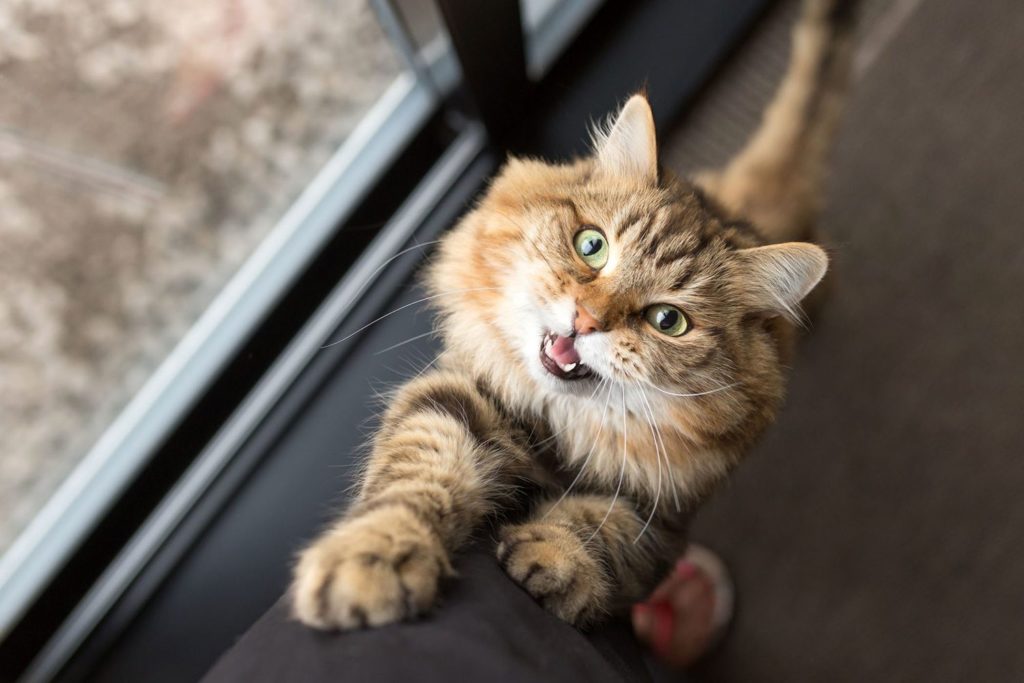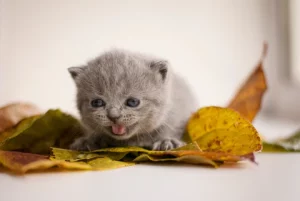In the mysterious world of feline communication, there exists a universal sound that has captivated and puzzled cat lovers for generations – the meow. This soft, melodious, and often insistent vocalization is a cornerstone of our feline companions’ communication repertoire. But have you ever wondered, what are cats saying when they meow?
Cats are renowned for their enigmatic behavior, and meowing is just one facet of their intricate language. Whether it’s a gentle, affectionate purr, an impatient demand, or a plaintive cry, each meow seems to carry a unique message. In this exploration of our furry friends’ vocal expressions, we’ll delve into the fascinating world of cat meows, unraveling the secrets behind these seemingly simple utterances.
The Many Faces of Cat Meows
Cats have a unique and varied language that they use to communicate with their human companions and fellow felines. While they employ an array of gestures, body language, and vocalizations, it’s the meow that often captures our attention and curiosity. Whether it’s a soft, musical trill or a persistent, demanding yowl, each meow seems to carry a distinct message. So, what are cats saying when they meow? Let’s embark on a journey to decode this fascinating aspect of feline communication.
Types of Cat Meows and Their Interpretations
The first thing to understand about cat meows is that there is no one-size-fits-all translation. Cats use meowing in a multitude of ways, each with its own context and meaning. Here are some common types of meows and their potential interpretations:
- The Greeting Meow: When your cat approaches you and greets you with a gentle, short meow, it’s often a sign of recognition and affection. They might be saying, “Hello, I’m happy to see you!”
- The Demanding Meow: A persistent, insistent meow is often a call for attention or something specific. Your cat could be telling you, “I’m hungry,” “Pet me,” or “Open that door, please!”
- The Purr-like Meow: Some cats combine a purring sound with their meows, which can indicate contentment or an invitation for affection.
- The Anxious Meow: A high-pitched, repetitive meow may signal discomfort, fear, or distress. Your cat might be saying, “I’m scared” or “I don’t like this situation.”
- The Playful Meow: Cats often use a distinct meow when they’re in a playful mood. It’s like an invitation to engage in some interactive fun.
Deciphering what your cat is saying when they meow involves considering the context and their body language. The same meow can mean different things based on the situation. For example, a hungry meow might be accompanied by your cat leading you to their empty food bowl. A demanding meow might be paired with pacing and a paw on your leg, indicating they want to go outside.
Learning Your Cat’s Unique Language

Every cat has its unique meowing style and preferences, and part of being a responsible cat owner is learning to understand your individual feline friend. Spend time observing your cat’s behavior, meows, and accompanying body language. Over time, you’ll become better at deciphering their specific communication patterns.
Paying Attention to Body Language and Vocalizations
While meowing is a vital aspect of feline communication, it’s not the only one. Body language, facial expressions, and purring also play significant roles in the conversation. Therefore, the more we pay attention and invest time in learning our cat’s entire repertoire, the more we’ll be able to provide the care, affection, and environment that our cats need and deserve.
Maintaining a Strong Bond
In the world of feline communication, meows are like the sweet melodies that cats use to serenade us with their desires, emotions, and needs. While it may sometimes feel like we’re trying to unravel an intricate and enigmatic musical composition, understanding what cats are saying when they meow is a rewarding journey that deepens our bond with these mysterious yet beloved creatures.
We’ve learned that cats possess a diverse range of meows, each carrying its own unique message. They greet us, they demand our attention, they express anxiety or joy, and they invite us to play. Their vocalizations are far from one-dimensional; they’re a multi-layered language that transcends the mere utterance of sounds.
As cat lovers, we have the privilege of becoming fluent in this intricate dialect. By observing our feline companions closely, listening to their meows, and considering the context, we can better understand their individual needs and feelings. In doing so, we bridge the gap between two species, forging a stronger connection based on mutual understanding and empathy.
When to Be Concerned

While meowing is a normal part of cat communication, excessive or sudden changes in meowing can be a sign of an underlying health issue or discomfort. If your cat’s meowing becomes uncharacteristic or concerning, it’s essential to consult with a veterinarian to rule out any medical problems.
Conclusion
The next time your cat graces you with a meow, take a moment to consider the context and their accompanying cues. You might just find yourself more in tune with your feline friend’s needs, desires, and emotions. Remember, the language of meows is as unique as your cat, and by paying attention and learning to listen, you can strengthen the bond between you and your furry companion. Happy decoding!
Thank you for reading this post. We hope that you found it helpful and hope you visit this page again soon. For more information, fun facts, and cute photos, please follow us on social media.


